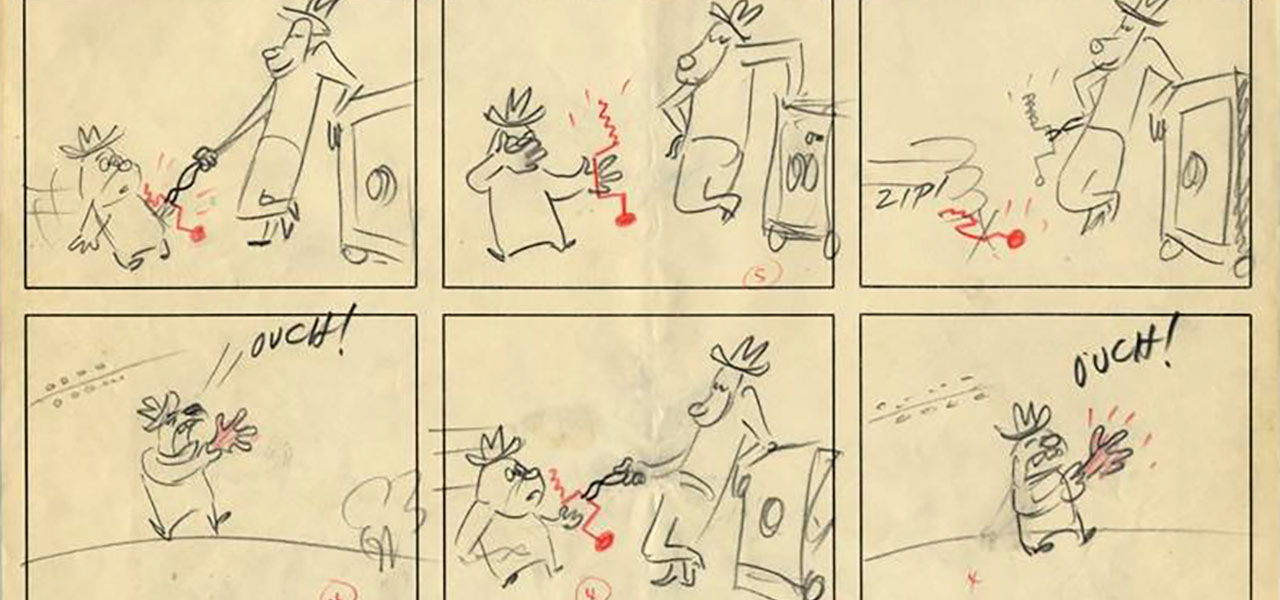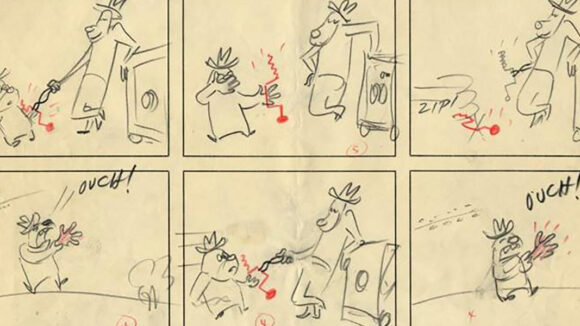

Tech Bros Want To Replace Storyboard Artists With Artificial Intelligence
Artificial intelligence is upending many industries at the moment, and in the filmmaking world, a key area that is currently under threat of automation is storyboarding.
Numerous AI tools have been released this year with the aim of replacing storyboard artists, and among the most advanced-looking I’ve run across is Storyboarder.ai, which claims to offer a solution to the “laborious and time-consuming process” of storyboarding. The company proposes that it can create “professional storyboards quickly and effortlessly.”
The video below describes how it works. Users upload a PDF of their screenplay to the cloud-based platform. The software then analyzes the script to create a shotlist. The user then reviews the shot descriptions, and selects some general settings for each shot. The program then generates the images, which can be further refined for style and content.
The product is developed by Germany’s Fynal, a film production company based in Dortmund and Essen that bills itself as the “largest film production [company] in the Ruhr area.”
A competing product is Storyboardhero from Singaporean tech company Ilathys. This product requires the user to create their script within the software, which doesn’t seem as useful as Storyboarder’s automated analysis of a script written in an industry-standard format.
Jean-Christophe Bouglé, co-founder of StoryboardHero, says, “We have been creating videos for clients for more than 10 years through our video agency called Fewstones. It used to take us days to create scripts and storyboards. That’s why we created StoryboardHero, an AI storyboard generator. We have been able to drastically reduce the time needed to create full storyboards for our clients and prospects.”
One curious feature of Storyboardhero is the company also offers an option for its in-house artists to redraw the storyboards, which seems to defeat the purpose of using their software in the first place.
While these are storyboard-specific AI programs, it’s becoming clear that people are also using more generic AI tools for the purpose of boarding. In this Youtube video, the creators explain how they’re using the generative AI program Runway to create a primitive version of storyboards:
Amid’s Take: In the near-term, these AI storyboard tools appear to have greater applicability to live-action filmmakers than animation, because production storyboards in animation have to convey much more information than just shot composition and framing. However, it’s not difficult to envision a near-future where animation producers begin incorporating these technologies into productions, which would allow them to hire fewer storyboard artists whose role would be to refine pre-existing AI-generated boards.
What cannot be denied is that these technologies are progressing faster than the animation industry’s response to the tech. AI will soon be a competitor for industry jobs that have existed for the last century in animation production. Artists (and their representative unions) need to develop a response to this new threat and make clear to producers why human board artists should not, and more importantly cannot, be replaced by AI technologies.
Pictured at top: Storyboard by Tex Avery for Deputy Droopy (1955).

.png)